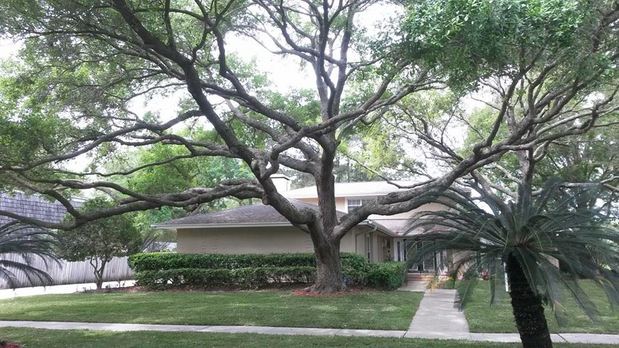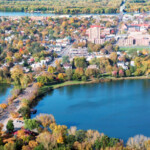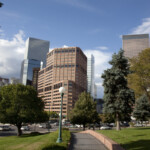With fall right around the corner, it’s time to start preparing your trees for the cold months ahead. You should be aware of trees that could fall and consider having them trimmed or removed as needed. Here is a quick guide to understanding types of trees that can cause hazards and what to do with them.

Types of Trees You May Want to Have Removed
- Cottonwood (Populus): Its roots can crack and damage sidewalks, patios and home foundations along with roofs and gutters; seeds can get stuck in air conditioners, screens and radiators; and they have weak wood that can break during storms.
- Gingko (Ginkgo biloba): It smells like rotten eggs, and seeds from the female species are covered in acid.
- Honey locust (Gleditsia triacanthos): It’s prone to mimosa webworms, honey locust borers, galls, midges, leafhoppers, whiteflies, mites, canker diseases and root collar rot. You should also avoid the male species of the tree as it develops thorns that can cause injury.
- Sweet gum (Liquidambar): Sweet gum balls can cause human, pet and lawn mower injury.
- Weeping willow (Salix babylonica): Extremely cold weather may cause cracks, leading to cancer and rot, and it’s highly susceptible to pests like borers, caterpillars and gypsy moths.
In addition to these species are pine trees, which should not be grown in areas with high wind conditions. Because pines are fast-growing trees, they often loom over other trees and have no protection against the wind, causing them to crack and break. Other trees that can break, have weak wood, large debris or shallow roots include:
- Black locust
- Poplars
- Silver maple
- Mimosa
- Catalpas
The National Wildlife Coordinates Group also has a guide on recognizing hazard trees and identifying their danger level based on longevity.
Renovating your home?
Find out what your home's worth, edit facts, and see the impact of home projects.
Signs of Dangerous Trees
Renovating your home?

Any type of tree can develop certain dangerous aspects over time, requiring maintenance or removal. To help you identify some of those dangers and address them ahead of time, here are signs to watch out for:
- If a tree is too close to your home, it could prove to be a fire hazard. The vents in your home will then allow the fire easy access to spread.
- Broken branches and leaves will clog your gutters, which can cause ice dams (thick ridges of solid ice) or allow water to get into your home.
- If you have long, large and weak branches close to your home, these have the potential for ice dams as well.
- There are certain species of maple, aspen and willow that are weak-wooded and can break at a very young age, which could injure you or damage the landscape.
- If you see a V-shaped fork in a tree branch, this is a sign a break is likely to occur, especially in species of elm, maple, oak, willow and yellow poplar.
- If a tree leans at more than 15 degrees from vertical, it should be removed because it poses a danger of falling.
Looking to save money on your mortgage?
DIY vs. Professional Tree Care and Removal
If you feel you have the expertise and know-how to properly remove dangerous trees or limbs, then please wear the property safety equipment.
However, because of their height, girth and other dangers involved, it’s not recommended that a homeowner attempt to take down an entire tree. There are professional tree services and arborists who have the experience and equipment necessary to handle your trees, and it’s better to pay them to do the work than possibly shell out the money for medical bills.
About Andrea Davis and HomeAdvisor
Andrea Davis works for HomeAdvisor, which helps homeowners find the right home improvement professionals for their home projects at the right price. Homeowners can use HomeAdvisor Reviews to see what past customers have to say about each professional, and can calculate average local and national costs for a variety of home projects using Cost Guides. Access to all information and features is free for homeowners.
Note: This is a guest post; the views and opinions expressed are those of the author and do not necessarily reflect the opinion or position of Redfin.



























 United States
United States Canada
Canada